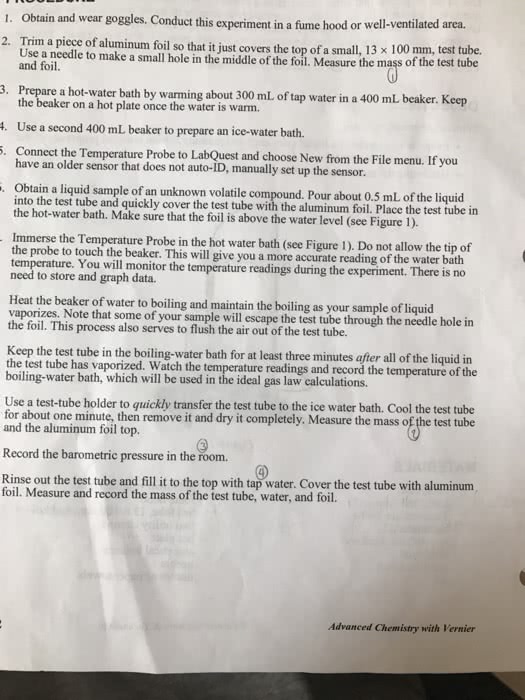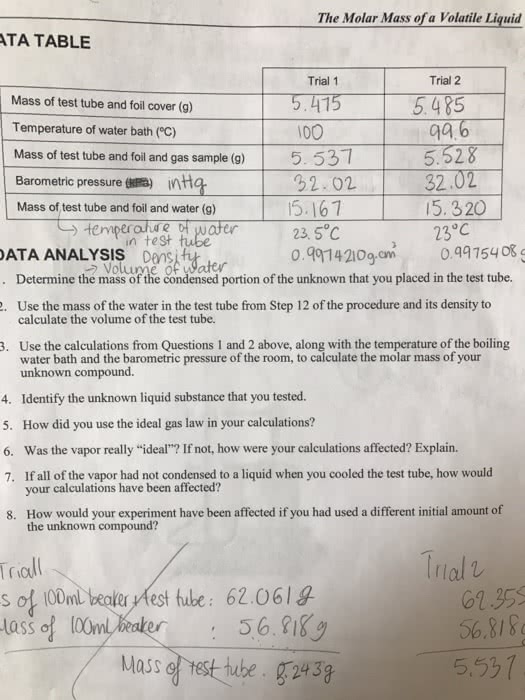CHEM 1040 Lecture 12: unit 4
42.
A) The household thermometer serves as the monitor, the thermostat
serves as the coordination centre in the house, where the desired
temperature is set and the furnace is the regulator, which generates
hot air or heat. The temperature monitor in the thermostat registers
the room temperature. The coordination centre, which is the
thermostat, compares this temperature to the temperature set by the
resident. If the temperature in the room is too low, the thermostat
sends a signal to the furnace, which is the regulator to turn on. The
furnace produces heat that warms up the house. The temperature
monitor records the warmth and when it equals or exceeds the set
temperature, the thermostat sends a signal to the furnace to turn off.
In the human body, the “thermostat” for thermoregulation is located in
a region of the brain called the hypothalamus. As your body gets
overheated, thermoreceptors in your skin, which act as monitors,
send messages to your brain that your body is getting too hot. The
hypothalamus then coordinates a response, acting as the
coordination centre by sending a signal to your sweat glands, which
act as regulators, to initiate sweating. At the same time, a nerve
message is sent to the blood vessels in your skin, which also act as
regulators, telling them to dilate, in a process called vasodilation. The
dilated blood vessels increase the blood flow to the surface of your
skin. The sweat droplets on the surface of your skin evaporate, which
cools the skin and the blood flowing beneath it, so that the blood
returning to the core of your body is cooler.
B) The feedback involved is called the Negative feedback, because
once the body is getting too hot and the sweat glands initiate sweat to
cool off the heat, the nerve stimulus stops and the hypothalamus in
the brain stops sending signals to producing heat, thereby preventing
the situation from blowing out of proportion. Negative feedback
systems, therefore, make adjustments to bring the systems of the
body back to within an acceptable range.
43. Thermoregulation is the maintenance of body temperature within
a range that will enable cells to function properly. The body
accomplishes thermoregulation during heat stress through the
negative feedback system, where the system is activated to cool the
body down by sending messages to the brain through the
thermoreceptors in the skin during a heat stress. Then the
coordinating centre, which is the hypothalamus in the brain, sends a
signal to the sweat glands to begin sweating in order to cool off the
skin, as the droplet on the skin evaporates. Also the blood vessels in
the skin is also triggered, allowing them to dilate in a vasodilation
process, thereby elevating the blood flow to the surface of the skin to
help heat escape from the skin, thereby cooling the skin and the
blood flowing beneath it, so that the blood returning to the core of
your body is cooler. The increased blood flow is what makes the skin
look redder.
Along with the changes in circulation, your brain sends signals
to the respiratory system to increase your breathing rate, using the
lungs and moist airways as sites of heat exchange. Your brain sends
a signal to increase your heart rate, so that blood can be sent to the
skin surface more rapidly, in order to cool it down.
44. A positive feedback system reinforces small changes, to make
them larger. It moves the target variable further from its steady state,
which can help processes to be accomplished quicker. The positive
feedback system helps in childbirth by increasing contractions, in
order to ensure the baby is delivered as quickly as possible. The drop
in progesterone levels near the end of pregnancy stimulates the
uterus to contract. The contractions bring the release of another
hormone, oxytocin, which causes even stronger contractions of the
uterus. As these contractions increase in force and duration, the
baby’s head pushes against the cervix, which serves as a monitor.
This sends nerve impulses to the brain, acting as the coordination
centre, which causes even more oxytocin to be released. The release
in oxytocin triggers even greater contractions of the uterus until the
baby is born. The uterus here acts as a regulator. Once the baby is
born, the brain signals these contractions to stop, which also stops
the release of oxytocin.
45. The first step in urine formation is called filtration, which involves
a process in which waste fluids, under pressure, move out of the
blood and into the Bowman’s capsule, which requires passive
transport. This process starts when water and other dissolved
substances are filtered out of the capillaries and this involves passive
transport. The blood enters the nephron through the afferent arteriole
and goes into the glomerulus, which is a high-pressure capillary bed
where blood gets squeezed through narrow capillaries. These
capillaries act as filters so that larger molecules, like plasma protein,
blood cells and platelets cannot pass through, whereas smaller
molecules and wastes are able to pass through. This filtrate is
collected in Bowman's capsule and then flows into the proximal
tubule. Many beneficial small molecules, like glucose and water, also
get forced out of the blood and eventually need to be reabsorbed,
which I will talk about next.
The second step involves reabsorption, which is the process the
materials need by the body such as water, glucose and amino acids
are returned to the bloodstream from the filtrate. Reabsorption begins
when the filtrate leaves Bowman's capsule and enters the proximal
tubule, and ends by the time the filtrate has reached the distal tubule.
This process ensures that only 1 mL of urine is formed for every 120
mL of fluids. Essential solutes and water from the filtrate back into the
blood that flows through the peritubular capillaries surrounding the
nephron. The process of reabsorption starts as the filtrate moves
through the proximal tubule; glucose and amino acids are removed
and returned to the blood, which involves active transport. Next, the
filtrate passes through the loop of Henle, where water is drawn out by
osmosis, requiring passive transport because the surrounding
medulla has a high sodium concentration due to active transport
moving sodium ions out of the filtrate and into the medulla. The water
will then move through the capillary membranes back into the blood
where reabsorption will continue until the threshold level of a
substance is reached, that way no more movement across
membranes will occur. Reabsorption uses both passive and active
transport to help move materials out of the urine and into the blood.
The third and final step in urine formation involves secretion, which
occurs in the distal tubule. Secretion of the remaining waste products
involves active transport, which pulls excess H+ ions, nitrogenous
waste, K+ ions and even drugs out of the blood. Cells loaded with
mitochondria line the distal tubule, in order to meet the ATP energy
demands of the active transport process. Active transport is used to
move molecules from the blood into the urine. Also, during urine
secretion, pH is controlled by the tubular secretion of hydrogen ions
and the reabsorption of bicarbonate ions.
Document Summary
42: the household thermometer serves as the monitor, the thermostat serves as the coordination centre in the house, where the desired temperature is set and the furnace is the regulator, which generates hot air or heat. The temperature monitor in the thermostat registers the room temperature. The coordination centre, which is the thermostat, compares this temperature to the temperature set by the resident. If the temperature in the room is too low, the thermostat sends a signal to the furnace, which is the regulator to turn on. The furnace produces heat that warms up the house. The temperature monitor records the warmth and when it equals or exceeds the set temperature, the thermostat sends a signal to the furnace to turn off. In the human body, the thermostat for thermoregulation is located in a region of the brain called the hypothalamus.



